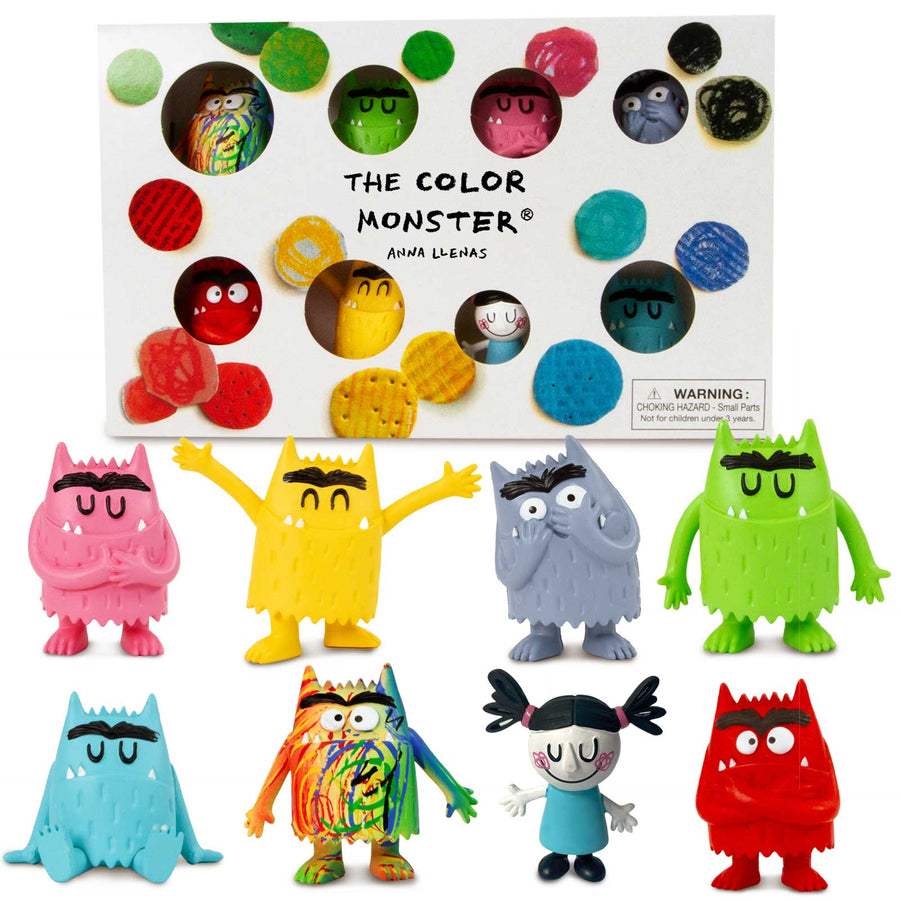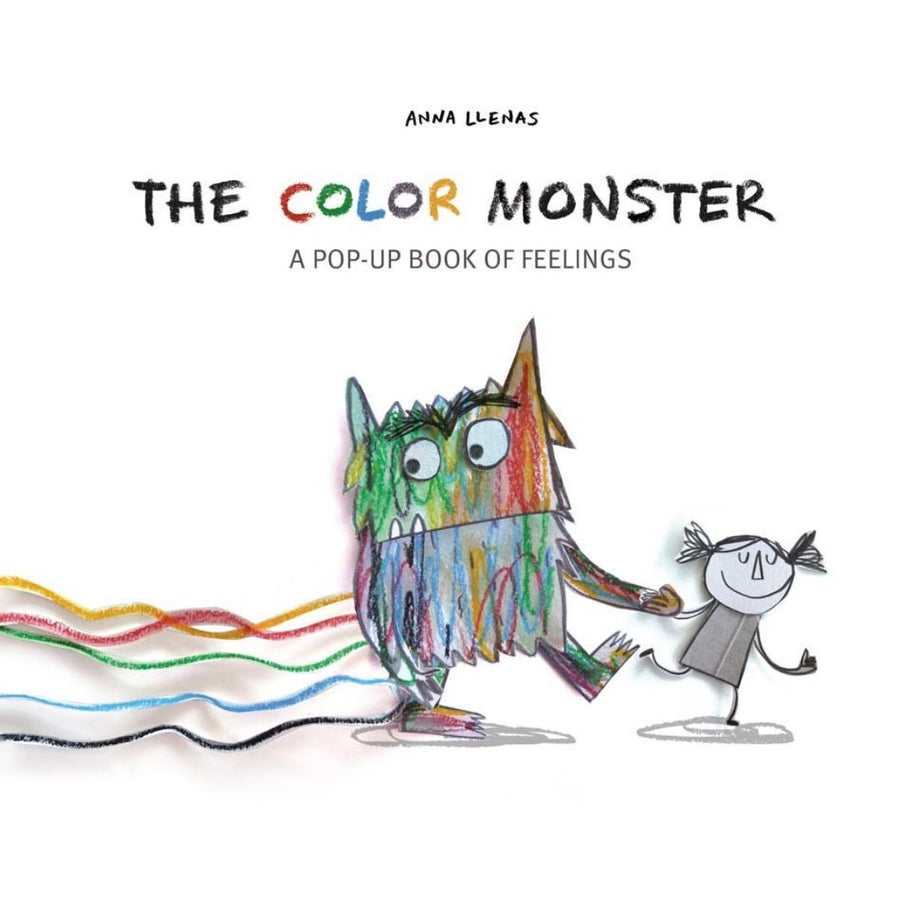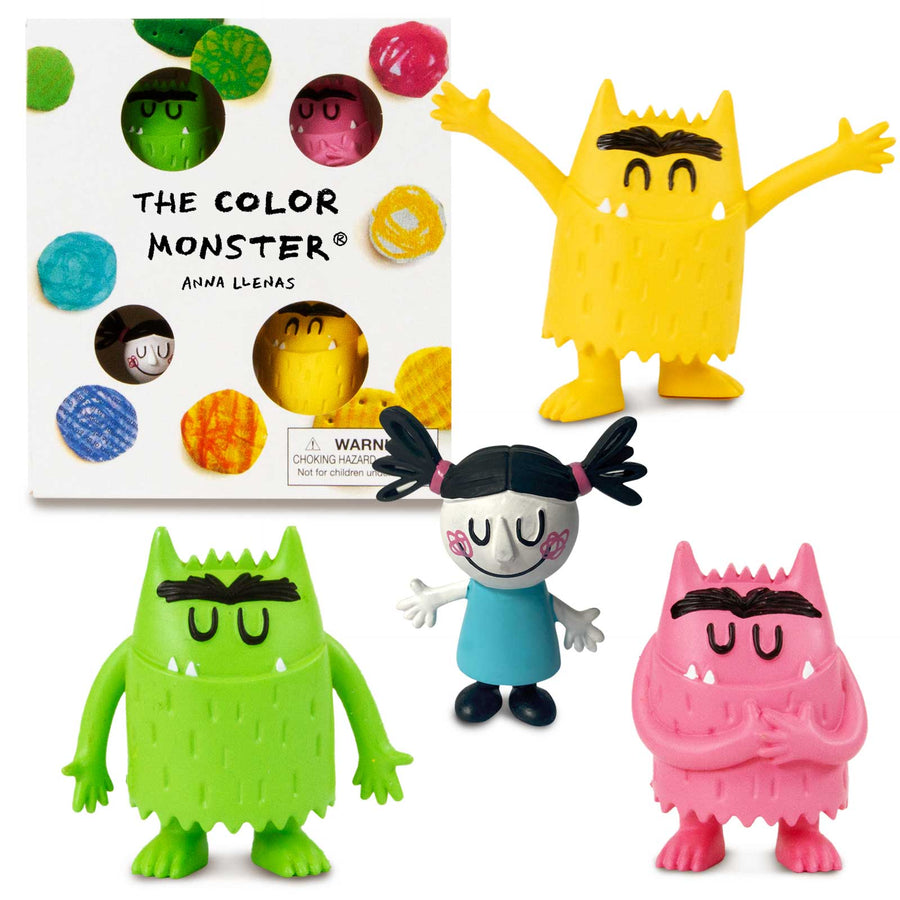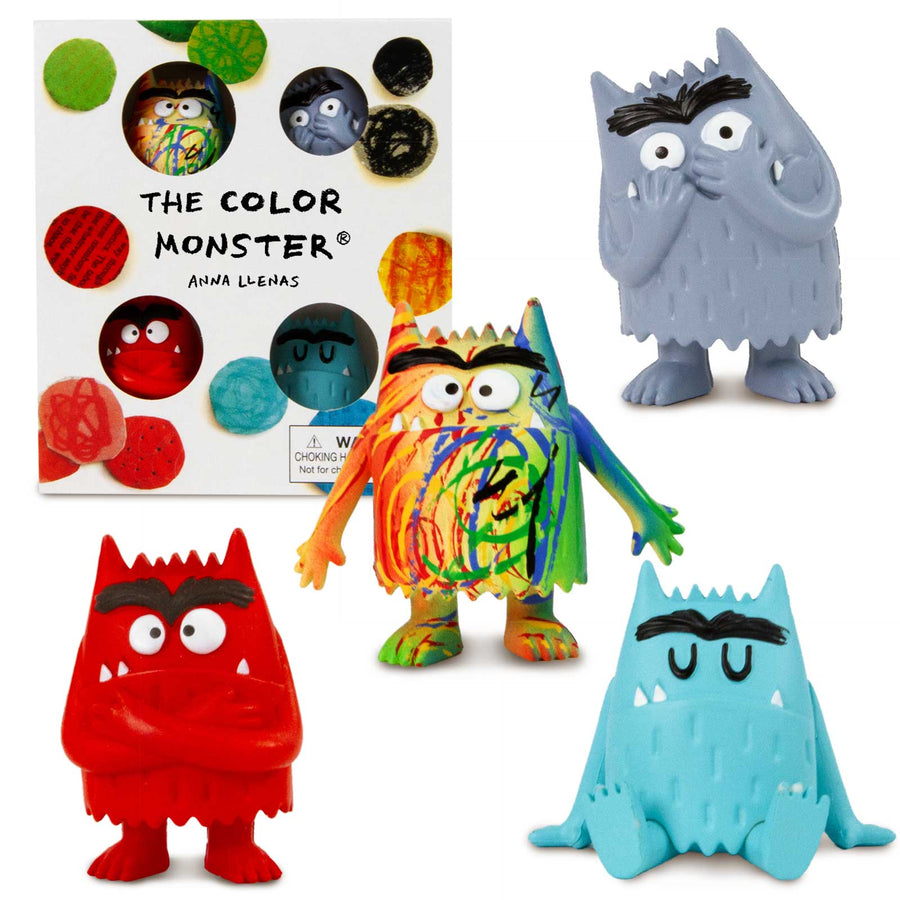Have you ever had one of those days where your child is melting down over the wrong color cup, or they're bouncing off the walls like they've just had a double espresso shot… except it's 8:00 AM, and they don't even drink coffee? Yeah, me too. It can be hard for little ones to recognize, name, and manage their emotions. Honestly, even grown adults sometimes have a hard time with this.
That's why I love tools that help kids make sense of their big feelings. One of my favorites is The Color Monster by Anna Llenas. When you pair the book with playful, color-coded toy companions? Magic.
So go grab yourself a cup of something caffeinated, and let's chit-chat about colors and feelings!
What is The Color Monster?
If you haven't read The Color Monster yet, let me give you a quick rundown. It's a bright, COLORFUL illustrated children's book that follows a confused little monster whose emotions are all mixed up. A young girl helps the Monster sort these feelings by color:
- Green for calm
- Blue for sadness
- Yellow for happiness
- Red for anger
- Grey for fear
- Pink for love
The idea of using colors to represent feelings helps kids visualize and categorize emotions in a tangible way. For little ones who don't yet have the vocabulary for what they're feeling, color associations are a simple and powerful bridge.
Making the Connection: Emotions Meet Colors
Let's walk through how you might pair emotions with the Color Monsters to help children better understand their inner world:
- Green Monster = Anger
Green represents peace, balance, and a state of well-being. This is when your child feels present and is able to be in the moment - everything feels just right.
-
Blue Monster = Sadness
Feeling sad, tired, or even sick? That's the blue Monster's realm. Talking about the blue Monster can open the door to gentle conversations about rest, cuddles, or simply being heard.
-
Yellow Monster = Happiness
Yellow emotions are more energetic and can even be chaotic, such as happiness, excitement, and silliness. This space can sometimes veer off and start feeling a bit overwhelming or "buzzy." It's a great time to introduce strategies like breathing exercises, movement breaks, or using a sensory toy to level out energy.
-
Red Monster = Anger
Big red emotions like frustration, rage, or a full-on meltdown need the most support. The Red Monster reminds us that anger isn't wrong - it just needs to be recognized and managed with care.

-
Grey Monster = Fear
Fear and anxiety can be hard to articulate, but Grey Monster offers a visual cue that helps children express what might otherwise be a hidden feeling.
-
Pink Monster = Love
Love, joy, and affection are represented by pink; this one's great for talking about connection, gratitude, and all those warm fuzzy feelings.
Encourage your child to explore their own emotional rainbow. They might even want to assign their own colors to certain feelings. That creativity builds emotional intelligence!
Put It Into Practice
You don't need a curriculum to support emotional development—just a few simple tools and a bit of intention:
1. Create a Feelings Check-In
Set up a chart with pictures of the color monsters or line up the Color Monster figurines. Have your child use a picture of themselves, their name, or the Nuna character (or other toy figurine) to represent themselves. Encourage your child to point or put their name/photo/figurine next to the Color Monster that matches their feeling at different times of day. This builds self-awareness and emotional vocabulary.
2. Talk About Emotions Often
Emotions shouldn't only come up during a meltdown. Use everyday moments to point out feelings (yours, your child's, or a character's in a book). Try phrases like, "She looks like she might feel like Red Monster right now."
3. Add The Color Monster to Your Nightly Reading List
Repetition builds understanding. Each time you read the book, you reinforce the idea that feelings can be identified, named, and sorted. It's a cozy way to connect and reflect.
4. Build a Coping Toolbox
For each color, brainstorm tools that help. Deep breaths, music, jumping jacks, a quiet corner, drawing - what helps your child move from red or yellow back to green? Practicing these tools regularly builds resilience.
5. Validate Before You Problem-Solve
This one's tough in the heat of the moment, but powerful. Try saying, "It looks like you're feeling angry like Red Monster right now. That's okay. I'm here to help." Kids don't need fixing; they need understanding.
Feelings Are Messy, But Manageable
Raising emotionally intelligent kids isn't about avoiding big feelings. We need to help them understand and navigate those feelings with confidence. Tools like The Color Monster book and figurines make abstract concepts more concrete and approachable.
So hats off to you, grown-up. You're helping your kids build emotional skills that will last a lifetime, and that's something to feel proud (and maybe a little green) about. You've got this!













